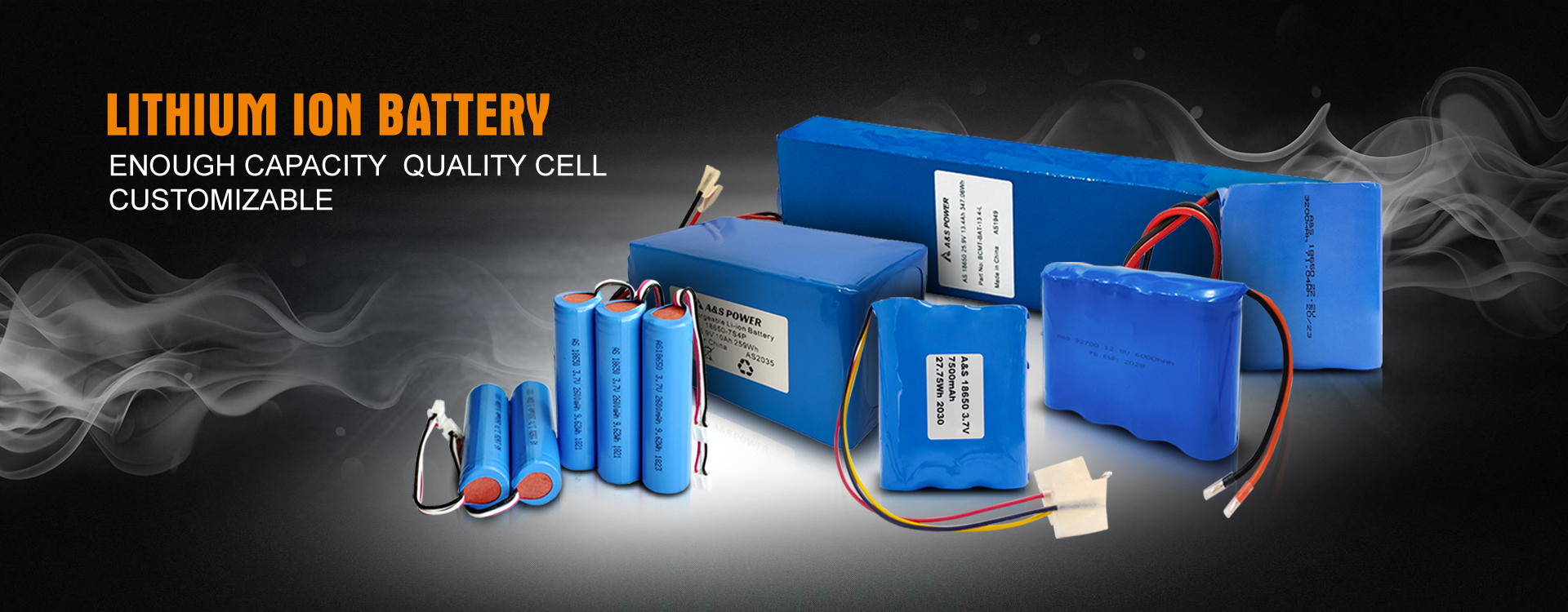What are the requirements for separators for lithium-ion batteries?
2021-09-14
What are the requirements for separators for lithium-ion batteries?
Lithium-ion batteries are composed of four main parts: positive electrode material, negative electrode material, separator, and electrolyte. Among them, the diaphragm is a thin film with a microporous structure, and is the key inner component with the most technical barriers in the lithium-ion battery industry chain.
As one of the four major materials of lithium batteries, the separator does not participate in the electrochemical reaction in the battery, but the key properties such as the battery's capacity, cycle performance and charge and discharge current density are directly related to the separator. So, what are the requirements of lithium-ion batteries for separators?
The requirements for separators of lithium-ion batteries include:
1. It has electronic insulation to ensure the mechanical separation of positive and negative poles;
2. It has a certain pore size and porosity to ensure low resistance and high ionic conductivity, and has good permeability to lithium ions;
3. It is resistant to electrolyte corrosion and has sufficient chemical and electrochemical stability. This is because the solvent of the electrolyte is a strong polar organic compound;
4. It has good electrolyte wettability and strong liquid absorption and moisturizing ability;
5. High mechanical stability, including puncture strength, tensile strength, etc., but the thickness is as small as possible;
6. Good spatial stability and smoothness;
7. Good thermal stability and automatic shutdown protection performance;
8. The heat shrinkage rate is small, otherwise it will cause a short circuit and cause thermal runaway of the battery.
Follow us and explore more! 👉 Facebook












